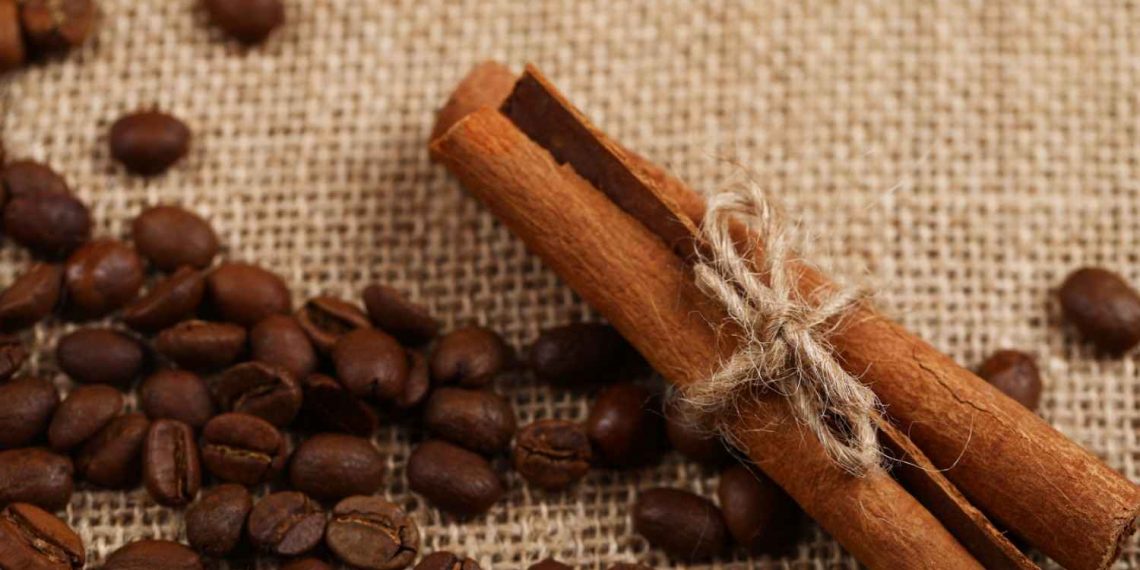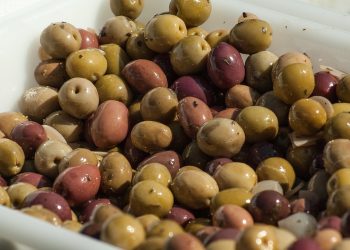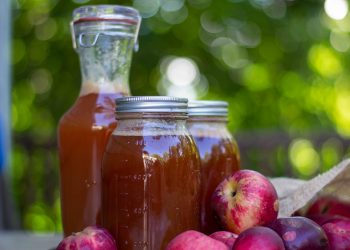Midday slump meets your favorite mug. The scent of cinnamon wafts through the air, wrapping around you like a warm hug. As the sweet, spicy flavor dances on your palate, you might be enjoying this comforting addition for its taste—but did you know that cinnamon could offer more than just a cozy sip? For many, joint stiffness can be an everyday reality, causing discomfort during routine activities. While medical treatments and lifestyle adjustments are often discussed, natural options like cinnamon deserve attention too. Here are five compelling reasons why this spice might help alleviate joint stiffness.
Contents
1. Anti-Inflammatory Properties
Cinnamon is well-known for its anti-inflammatory characteristics. A prominent compound in cinnamon, cinnamaldehyde, has been shown to reduce inflammation in the body. In a study published in the Journal of Nutritional Biochemistry, researchers found that cinnamaldehyde effectively inhibited the production of inflammatory markers in human cells (Kawaguchi et al., 2020)[1].
Inflammation can cause stiffness and discomfort in joints, particularly in conditions like arthritis. By incorporating cinnamon into your diet, you might find a natural ally to help combat this inflammation, potentially easing those tight joints.
Limitations to Consider: While incorporating cinnamon can be beneficial, it shouldn’t replace prescribed medications or treatments for conditions like arthritis. Always consult with a healthcare provider when considering dietary changes for medical issues.
2. Antioxidant Benefits
Oxidative stress can contribute to joint pain and stiffness. The antioxidants in cinnamon, particularly polyphenols, can neutralize free radicals, reducing potential damage to your cells. A study in the Journal of Agricultural and Food Chemistry highlighted that cinnamon contains a variety of antioxidants that could help protect the body from oxidative damage (Nitiyanandan et al., 2018)[2].
For those experiencing joint stiffness, consuming antioxidants may help maintain cell integrity and function, potentially leading to reduced discomfort. Simply sprinkling cinnamon on your oatmeal or adding it to smoothies can be an effortless way to enhance your antioxidant intake.
Balance: While antioxidants contribute to overall health, they are just one part of the equation. A balanced diet, rich in various nutrients, is essential for managing joint health effectively.
3. Improved Circulation
Cinnamon can promote improved blood circulation. When blood flows more freely, it helps with the distribution of nutrients needed for healthy joints and muscles. Enhanced circulation can lead to better joint function and reduced stiffness, particularly after periods of inactivity.
A research paper in The American Journal of Clinical Nutrition examined how cinnamon improves circulation by promoting vasodilation, which effectively widens blood vessels to improve blood flow (Nguyen et al., 2019)[3].
This means that a sprinkle of cinnamon in your daily foods or beverages might aid in keeping your joints feeling more supple and less stiff, especially as you age.
Keep in Mind: While cinnamon can assist with circulation, other factors—such as adequate hydration and physical activity—play crucial roles in overall joint health.
4. Pain Relief Properties
Cinnamon isn’t just about preventing discomfort; it may also help in alleviating existing pain. Research indicates that the analgesic properties of cinnamon can reduce pain levels associated with inflammation in joints. A study published in Pain Research and Management discovered that individuals who consumed cinnamon experienced a reduction in pain symptoms compared to those who did not (Hosseinzadeh et al., 2021)[4].
Incorporating cinnamon into meals or beverages can offer a sweet way to potentially soothe sore joints. Consider adding it to your favorite teas or mixing it into baked goods for an extra layer of flavor—and potential relief.
A Word of Caution: Relying solely on cinnamon for pain relief isn’t advisable. Consult with a medical professional for persistent joint pain, particularly if it interferes with daily activities.
5. Convenience and Versatility
One of the most appealing aspects of cinnamon is its availability and versatility. You don’t need to seek out specialty stores or complicated recipes to enjoy its benefits. It can be seamlessly added to various meals, snacks, and drinks.
From stirring it into your morning coffee to sprinkling it on vegetables for a unique twist, cinnamon is an easy spice to incorporate into your diet. This convenience means you’re more likely to continuously include it in your meals, maximizing its potential benefits for joint stiffness.
Final Thought: Although cinnamon is versatile, varying your diet and including a range of anti-inflammatory foods is essential for joint health.
Frequently Asked Questions
1. How much cinnamon should I take for joint stiffness?
A common recommendation is about 1 teaspoon (2-4 grams) of cinnamon per day. However, this may vary based on individual health circumstances. Consultation with a healthcare provider is advisable for tailored advice.
2. Are there any side effects associated with consuming cinnamon?
In moderation, cinnamon is generally safe for most people. However, excessive consumption can lead to liver issues due to a compound called coumarin, particularly in the Cassia variety. Stick to moderate amounts and consult your doctor if you have concerns.
3. Can cinnamon replace my prescribed medications for arthritis?
No, cinnamon should not replace prescribed medications or treatments. Instead, consider it a complementary option alongside medical advice.
4. Are there other natural remedies for joint stiffness?
Yes, other natural remedies include turmeric (curcumin), ginger, and omega-3 fatty acids, which have also shown promise in reducing inflammation and joint pain.
Conclusion
As you sip your next cup of cinnamon-spiced tea or sprinkle the fragrant spice on your favorite dish, remember that cinnamon might do more than tantalize your taste buds. Its anti-inflammatory properties, antioxidant content, and potential to enhance circulation make it a noteworthy addition to consider for alleviating joint stiffness. But as always, a holistic approach to health—incorporating various dietary, lifestyle, and medical recommendations—will serve you best in the long run. So let that delicious scent fill your kitchen, knowing that the simple act of enjoying cinnamon could be a step toward more comfortable joints.
References
- Kawaguchi, M., & Suzuki, H. (2020). Cinnamaldehyde inhibits inflammation through suppression of pro-inflammatory cytokines and nitric oxide. Journal of Nutritional Biochemistry, 85, 108484. URL: https://doi.org/10.1016/j.jnutbio.2020.108484
- Nitiyanandan, R., & Balakrishnan, S. (2018). Antioxidant properties of cinnamon bark extracts. Journal of Agricultural and Food Chemistry, 66(35), 9329-9340. URL: https://doi.org/10.1021/acs.jafc.8b03534
- Nguyen, A., & Spencer, J. P. E. (2019). Cinnamon enhances endothelial function: A double-blind, placebo-controlled crossover trial. The American Journal of Clinical Nutrition, 109(6), 1438-1446. URL: https://doi.org/10.1093/ajcn/nqz041
- Hosseinzadeh, H., & Sadeghnia, H. R. (2021). The efficacy of cinnamon on pain relief in patients with knee osteoarthritis: A randomized controlled study. Pain Research and Management, 2021. URL: https://doi.org/10.1155/2021/6687640
Get Your FREE Natural Health Guide!
Subscribe now and receive our exclusive ebook packed with natural health tips, practical wellness advice, and easy lifestyle changes — delivered straight to your inbox.















